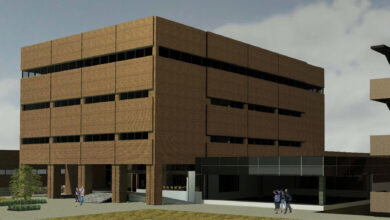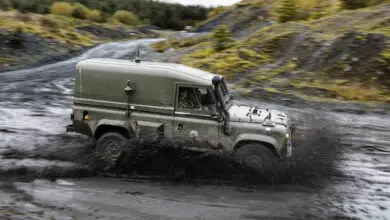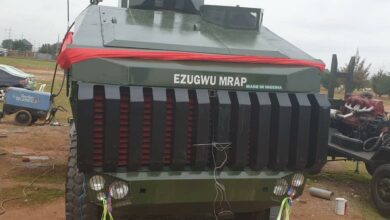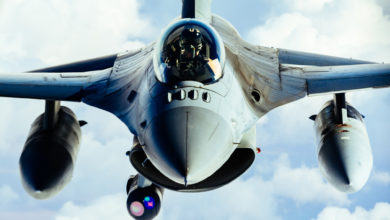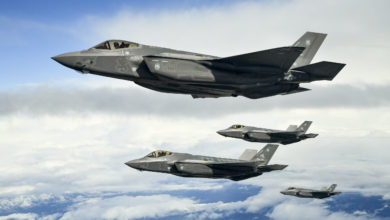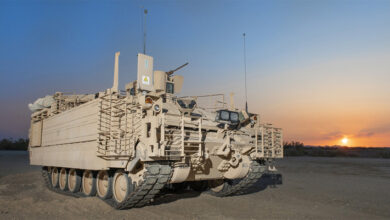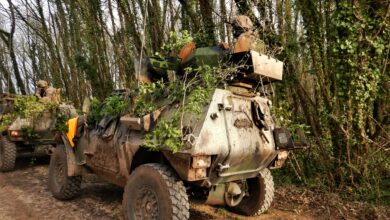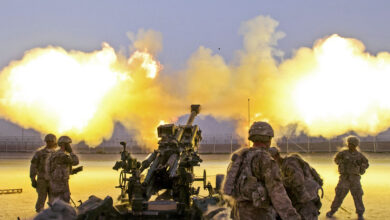The US Air Force 621st Contingency Response Wing (CRW) has rolled out a prototype for its light service support vehicles.
The launch is part of a $2.5 million effort to upgrade 48 trucks focused on CR missions and related operations in five years.
Contingency Response Capabilities
The prototype comprises ramp coordinators, command and control, aerial porters, aircraft maintenance, power production, and aerospace ground equipment.
The truck also features power inverters, a larger storage capacity, increased radio and amplifier range, laptop stands, a public address system, and infrared and amber-based lights for navigation.

“We put a public address system in it to use it for crowd control,” 321st Contingency Response Squadron Vehicle Specialist Tech Sgf. Rex Russell explained.
“If you’re at an entry control point, you don’t need to get out of the vehicle to communicate with other people, increasing standoff distance for improvised explosive device threats.”
Supporting Aircraft Logistics
Furthermore, the vehicle can carry secondary loads that benefit logistics during asset transport with air force aircraft.
“We made it so you can use aircraft tie-downs on the rear of the truck, decreasing the load time by twenty percent,” Russell stated.
“We’re always talking about lighter, leaner, lethal. I can remove two pallets from an aircraft, two less pallets to take off, means a faster load and unload time, and you get more space to take more equipment.”
Future Light Service Support Fleet
The light service support truck prototype is now in the testing phase and has been deployed to several military exercises to demonstrate its capabilities.
Meanwhile, existing vehicles in the inventory will be sent to two industry partners for electronics and hardware installation.
“We took all the data, and we’ve built a statement of work for a final contract to build the entire fleet,” Russell said.
“Contracting will review it for final approval and send it out for bids. We will review the companies that place bids to ensure requirements are met and contracting will award it to start the process of getting them built.”


